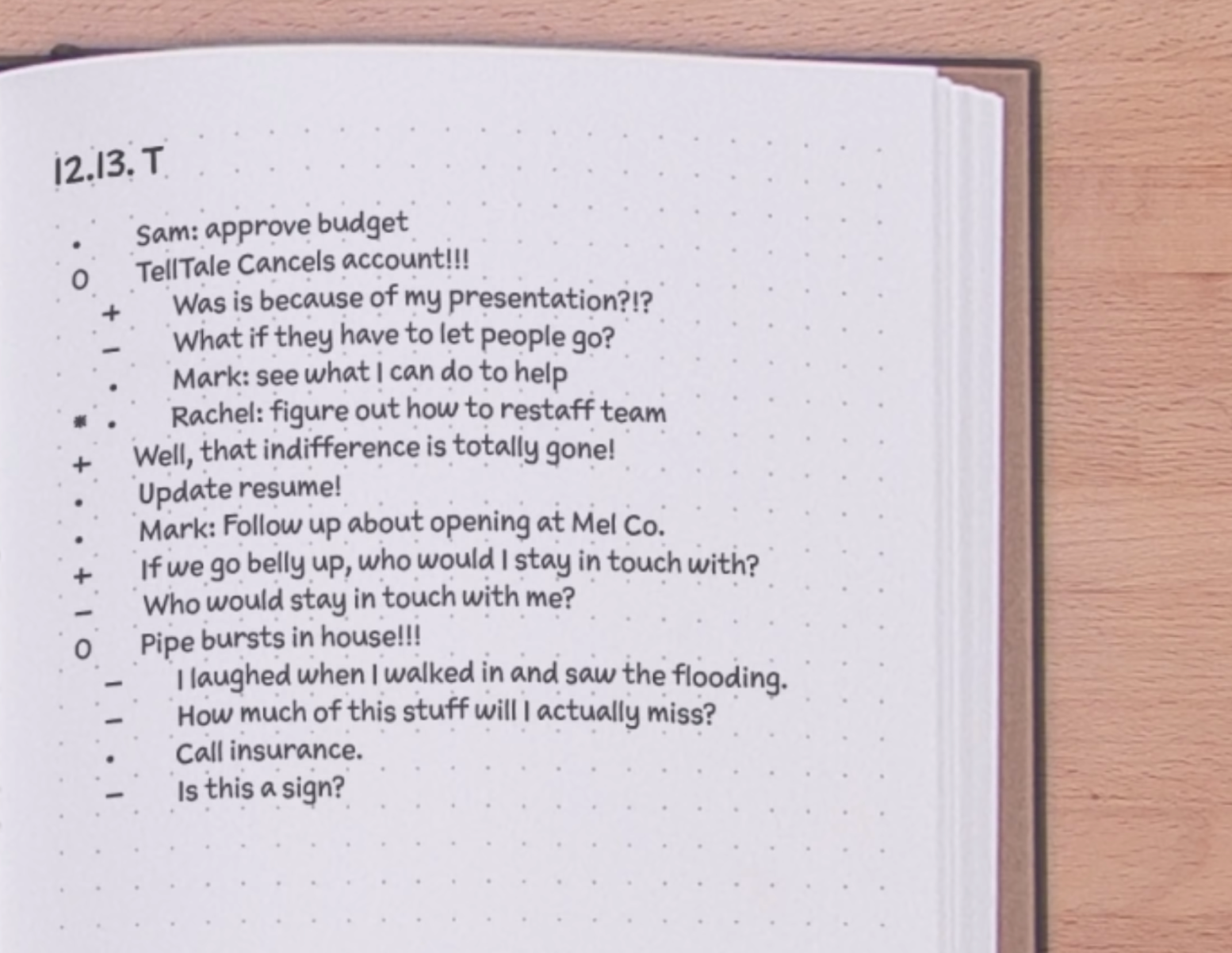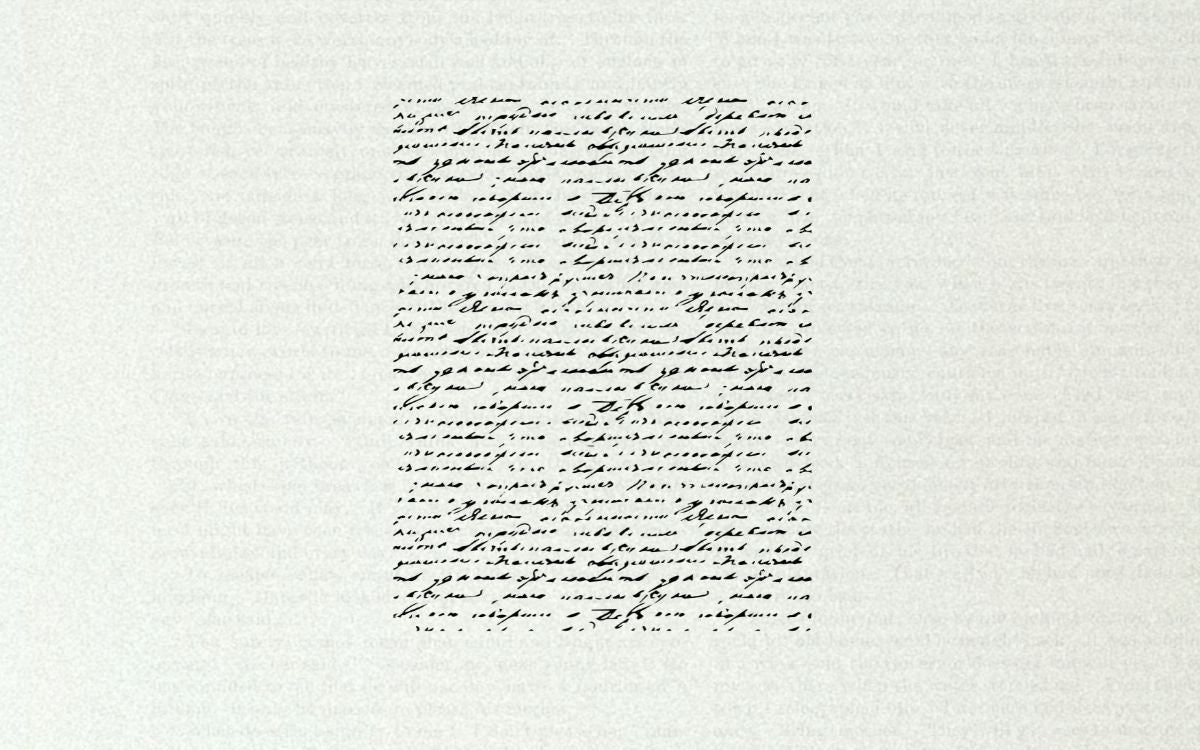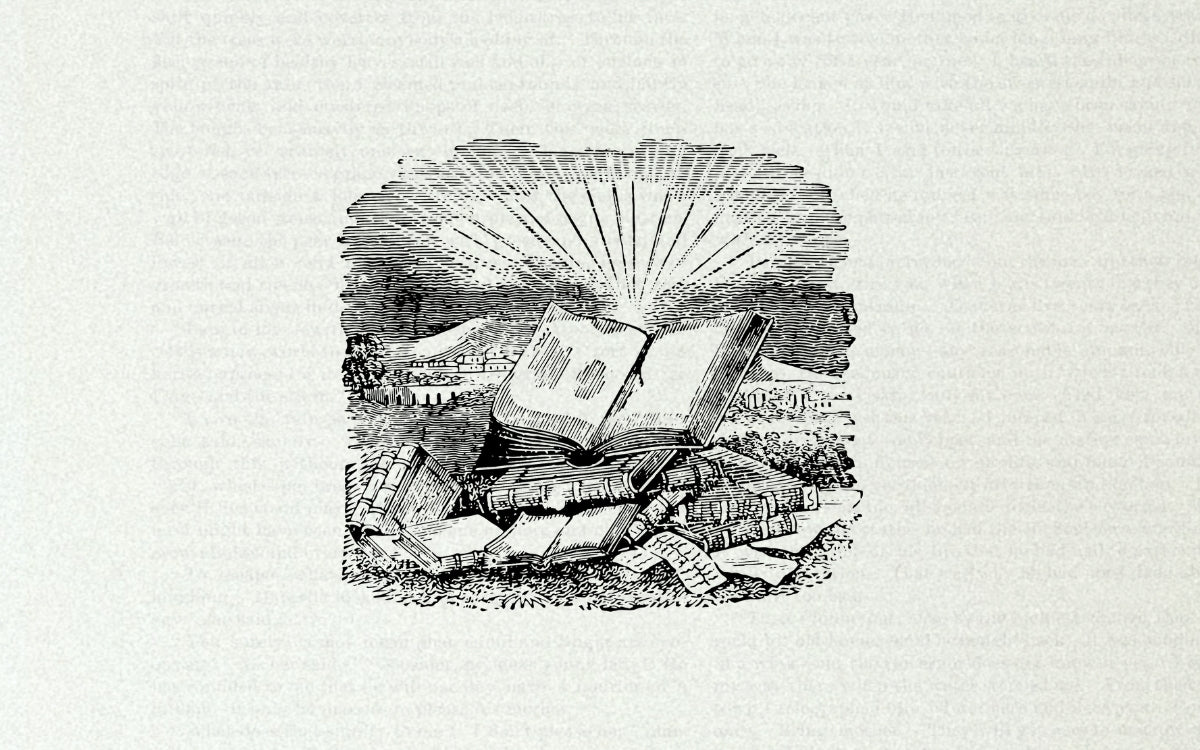I once read that “you write in order to learn how to think.” Journaling is a great way to get in the habit of writing. Traditional journaling can be a powerful way to improve our mental health by helping us to slow down and take a step back. It grants us the much needed time we need to think things through and straighten out our most tangled thoughts and feelings. That’s why journaling is also used to treat P.T.S.D, O.C.D, depression, anxiety, trauma and other conditions.
From Julia Cameron’s morning pages, to James W. Pennebaker expressive writing, to dream journaling, to keeping a daily diary, there are many types of long-form journaling out there. I’m often asked if you can incorporate these styles into the Bullet Journal. The answer is yes. After all Bujo is designed to add any functionality that you need, when you need it. That distinction is key, especially when it comes to journaling.
I tried keeping a diary long ago, but I was never consistent with it, and that made me feel like I was getting it wrong. So eventually I abandoned it altogether. Now I look at long-form journaling differently, it’s simply another tool in my BuJo toolkit. It’s a powerful one that I only use when it’s needed. Sometimes that will be every day for a month, others, once a month. It all depends on what needs more attention. I journal to examine the things that distract me, and the positive effect it can have is hard to exaggerate. So I wanted to share how I’ve incorporated long-form journaling into my practice, in hopes that it may help you.
It all starts with Rapid Logging. All your Tasks, Events, and Notes, are simply thoughts. Rapid Logging is designed to quickly capture and categorize those thoughts. Some may warrant further exploration. Maybe you have an idea that you want to flesh out. Or something troubling or confusing happened that keeps distracting you. These types of thoughts tend to be Notes.
Notes are not just for logging data you don’t want to forget. They also serve to capture ideas, insights, and feelings. When you log something you want to examine, simply turn the Note dash “–” into a plus “+”. This represents “more,” something that requires “additional” attention. It helps you ease the mind, knowing that it’s safely stored and that you can come back to it later.

When you have time to write - like during morning or evening reflection - simply scan the margins of your pages to locate the “+.” Once located, expand on that thought by writing about in the next available space. This can be right below the Daily Log, or on the next blank page.
Some days are unforgiving. On days like this, you may capture multiple thoughts you want to expand on. Again, start with the next blank space, then work your way through the list. I write until I feel better, or have the clarity or action step I was looking for. Then I move on to the next item I want to write about.

This doesn’t have to be sequential. Write about whatever you need to think through. If you need to start turning pages, or want journal about something days after you recorded it, add the page number next to the plus “+” to locate the page of the entry.

If you already have a regular journaling habit, you can also use these “+” entries as your prompts. Aspirational and motivational prompts tend to come from external sources. Though they can be inspiring, I’ve found that journaling from my own prompts helps me unpack things that are more urgent, relevant, and actionable.
When you sit down to journal, scan your pages for the "+", and pick the prompt that speaks to you depending on how you feel that day. I tend to pick the thing that is distracting me the most, because it impacts my general ability to focus. I may not be able to resolve it in one sitting, but progress is common as is some measure of relief.
It’s often hard to understand what we’re feeling, or why we feel the way we do. Though we can’t will ourselves to change the way we feel, we can change the way we think. Journaling provides a powerful way to unpack our mind and our hearts. There, with it all laid out on the page, we’re granted the clarity, context, and distance that we often lack when things get rough. It can shift our perspective just enough to change our mind, which changes the way we feel about the subject of our thoughts.
Journaling can also be a great way for you to explore ideas, and deepen your appreciation for the good things that come and go so quickly. By putting pen to paper, you get to relive the good times and preserve them in loving detail so that you may revisit them for years to come.





